Carmo (Carmona) Necropolis
Carmo: city in ancient Andalusia, modern Carmona.
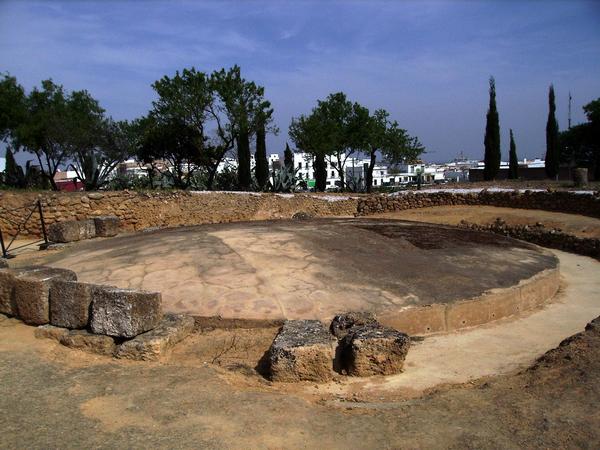
Immediately southwest of Carmona's amphitheater was a large necropolis, which is a good reason to visit the small Andalusian city. It consists of ancient Tartessian funerary monuments and tombs from the age of the Roman republic, which all share one characteristic: that the body of the deceased was buried in a bent position, with the head always facing the west. At end of the first century CE, cremation and other customs also became common.
One of the best-preserved tombs is called the Circular Tomb. It resembles Etruscan tumuli, or grave mounds and must have looked like a low hill, with a vaulted chamber carved out in the rock, with niches for urns.
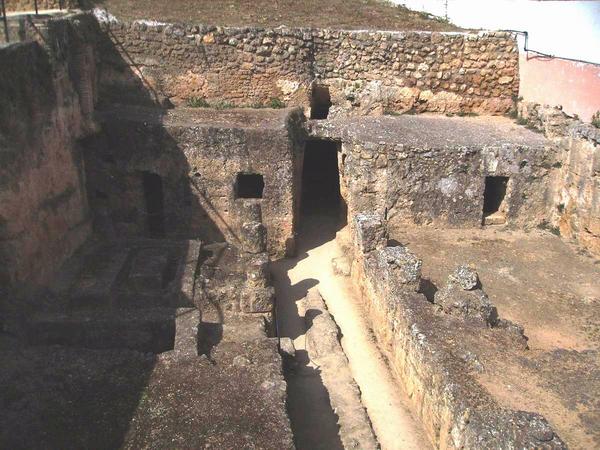
The Tomb of the Elephant is named after a little stone statue of the well-known animal, which was found inside the grave. It was not an ordinary tomb, because it appears to have served as a sanctuary as well. There are depictions of Anatolian gods like Cybele (the "Great Mother") and her consort Attis. It may have been a mithraeum-like underground temple, because there were banks on which people could lay down and join the celebrations.
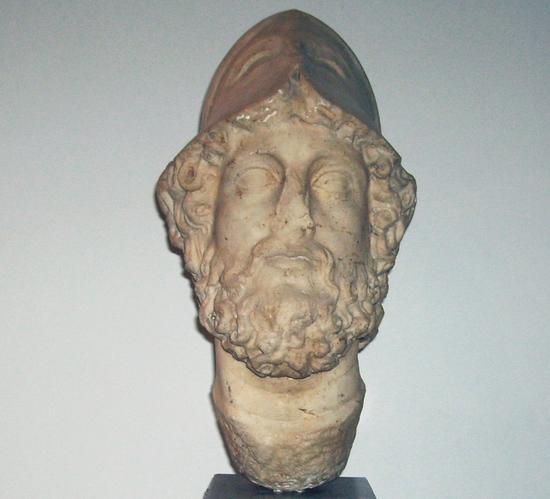
As far as we know, the Tomb of Servillia was the most monumental tomb of the Carmona necropolis. There was a courtyard, which was surrounded by porticos, where many statues were discovered. They are now in the museum near the excavation and in the ;Museo Arqueológico of Seville. The Tomb of Servillia was not just a tomb, but the monumental display of wealth of what must have been one of Carmo's leading families.
The portico of the Tomb of Servilia gave access to a doorway and a small antechamber with a beehive-like vaulted roof, which in turn gave access to the burial place itself. There were niches for the urns, while traces of the frescos that once covered the walls and the ceiling are also visible.
 Carmona, Circular tomb, columbarium with niches for urns |
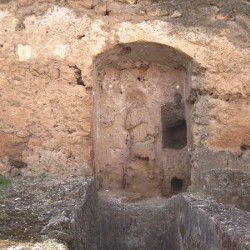 Carmona, Tomb of the Elephant, banks and statue |
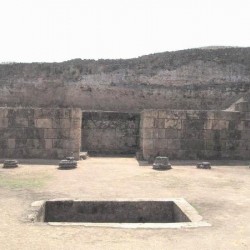 Carmona, Tomb of Servilia, court |
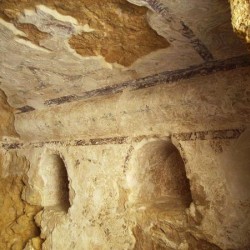 Carmona, Tomb of Servilia, paintings |